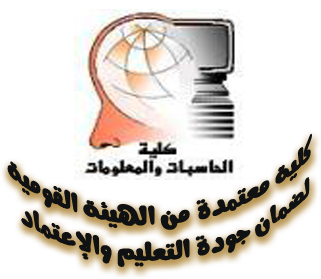Aspect-based Sentiment analysis (ABSA) accomplishes a fine-grained analysis that defines the aspects of a given document or sentence and the sentiments conveyed regarding each aspect. This level of analysis is the most detailed version that is capable of exploring the nuanced viewpoints of the reviews. The bulk of study in ABSA focuses on English with very little work available in Arabic. Most previous work in Arabic has been based on regular methods of machine learning that mainly depends on a group of rare resources and tools for analyzing and processing Arabic content such as lexicons, but the lack of those resources presents another challenge. In order to address these challenges, Deep Learning (DL)-based methods are proposed using two models based on Gated Recurrent Units (GRU) neural networks for ABSA. The first is a DL model that takes advantage of word and character representations by combining bidirectional GRU, Convolutional Neural Network (CNN), and Conditional Random Field (CRF) making up the (BGRU-CNN-CRF) model to extract the main opinionated aspects (OTE). The second is an interactive attention network based on bidirectional GRU (IAN-BGRU) to identify sentiment polarity toward extracted aspects. We evaluated our models using the benchmarked Arabic hotel reviews dataset. The results indicate that the proposed methods are better than baseline research on both tasks having 39.7% enhancement in F1-score for opinion target extraction (T2) and 7.58% in accuracy for aspect-based sentiment polarity classification (T3). Achieving F1 score of 70.67% for T2, and accuracy of 83.98% for T3.
Research Date
Research Department
Research File
Research Journal
Journal of King Saud University - Computer and Information Sciences
Research Member
Research Rank
Q1
Research Publisher
Elsevier
Research Vol
34
Research Website
https://doi.org/10.1016/j.jksuci.2021.08.030
Research Year
2021
Research_Pages
6652-6662
Research Abstract


